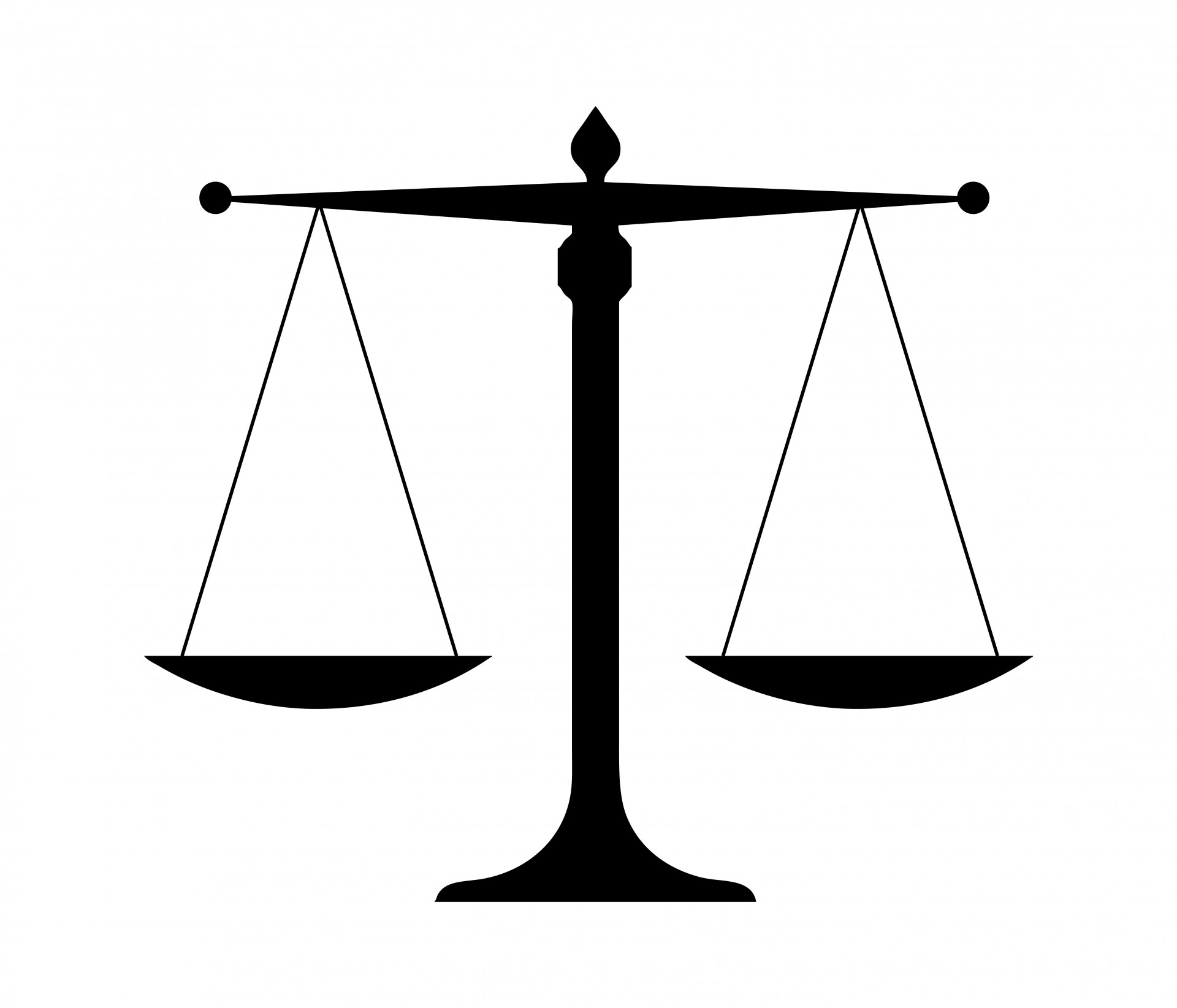Fort Worth Court of Appeals analyzes the law-of-the-case doctrine and determines private property owners did not establish claims against a city regarding fee simple land ownership
City of Mansfield, et al., v Saverings, et al, 02-19-00174-CV (Tex. App. – Fort Worth, July 16, 2020)
In this lengthy opinion, the Fort Worth Court of Appeals holds certain private property owners did not establish a right to declaratory relief regarding fee-simple ownership of lots over which the City exercised some regulatory control, asserting they were public paths.
A developer filed a final plat in Tarrant County, creating a planned housing development—The Arbors of Creekwood – Gated Community (the Development) located in the City, but which had two HOAs. An amended plat divided the lots into R1 and R2 lots. All R2 lots were in the floodplain, which was governed by City ordinance. The developer created a lake and connected jogging paths ending at the lake. The developer testified the paths were for public use. The boundary line for the R2 lots abutting the lake was to the north of the lake; thus, the lake was not included within the boundaries of these R2 lots. The developer executed a declaration of covenants, conditions, and restrictions (the Declaration) for the Development and filed them in Tarrant County. The Declaration stated the HOAs owned fee-simple title to private streets in the Development and “common properties” which had a complicated definition. In 1997, the Arbors HOA forfeited its right to do business and became a terminated entity. The surviving HOA asserted the Arbors HOA property lots (R2) automatically transferred to it. In January 2012, the City began planning for a “possible future trail connection” to the jogging path. Construction on the bridge began in 2013 and opened on January 25, 2014. Some owners of R1 lots noticed an increase in people using the jogging path and trespassing on the R1 lots. The R1 owners sued seeking a declaration they owned the R2 lots as common properties, and seeking to quiet title The Court of Appeals issued an interlocutory opinion in review of a temporary injunction noting the R2 lots were included in the definition of “common properties.” The R1 Owners also raised claims against the City Defendants for trespass and inverse condemnation. The City Defendants filed a traditional and no-evidence motion for summary judgment, including arguments that the facts and law had substantially changed since the interlocutory order. They argued the R1 owners did not have a right to possess the R2 lots (which were originally owned by the defunct HOA) and that they did not have a private right to enforce a city ordinance on floodplain development. The trial court denied the City Defendants’ motions and granted the partial summary judgment of the R1 owners. The City Defendants appealed.
The court first went through a detailed analysis of the evidence submitted, objections to the evidence, and what constituted judicial admissions. The court held the law-of-the-case doctrine only applied to claims fully litigated and determined in a prior interlocutory appeal; it did not apply to claims that have not been fully litigated. The law-of-the-case doctrine is flexible and directs the exercise of court discretion in the interest of consistency but does not limit its power. The interlocutory opinion (which was a complicating obstacle) did not address the R1 Owners’ UDJA claim regarding title to the R2 lots, only a probable right of relief for trespass claims based on an undeveloped record. The court noted they were substantially different arguments, issues, law, and review standards. [Comment: For a good analysis of the doctrine and its boundaries, read this section of the case.] The City argued the R2 lots owned by the defunct HOA could be distributed only under the terms of the articles of incorporation and could not pass to the live HOA automatically. The court agreed with the City that the R1 owners did not establish a proper conveyance under the articles.
Next the court turned to the floodplain ordinance, where the R1 owners asserted the City failed to follow its own ordinance by obtaining studies before constructing structures in the floodplain connecting the jogging paths. The City Defendants’ argument no private cause of action to enforce the ordinance exists is one of standing. The R1 Owners did not challenge the validity of the ordinance but rather asserted that they wanted a construction of the ordinance and enforcement of it against the City Defendants. The R1 Owners did not have a right to enforce the ordinance through a UDJA claim, which only waives immunity for ordinance invalidation. Alternatively, under the record, the R1 owners did not establish the City violated the ordinance. The City Defendants proffered summary-judgment evidence raising a fact issue on their substantial compliance. Finally, since the court held the R1 owners could not bring a UDJA claim, the attorney’s fee award was reversed.
If you would like to read this opinion click here. Panel consists of Chief Justice Sudderth, Justices Gabriel and Kerr. Opinion by Justice Gabriel.




